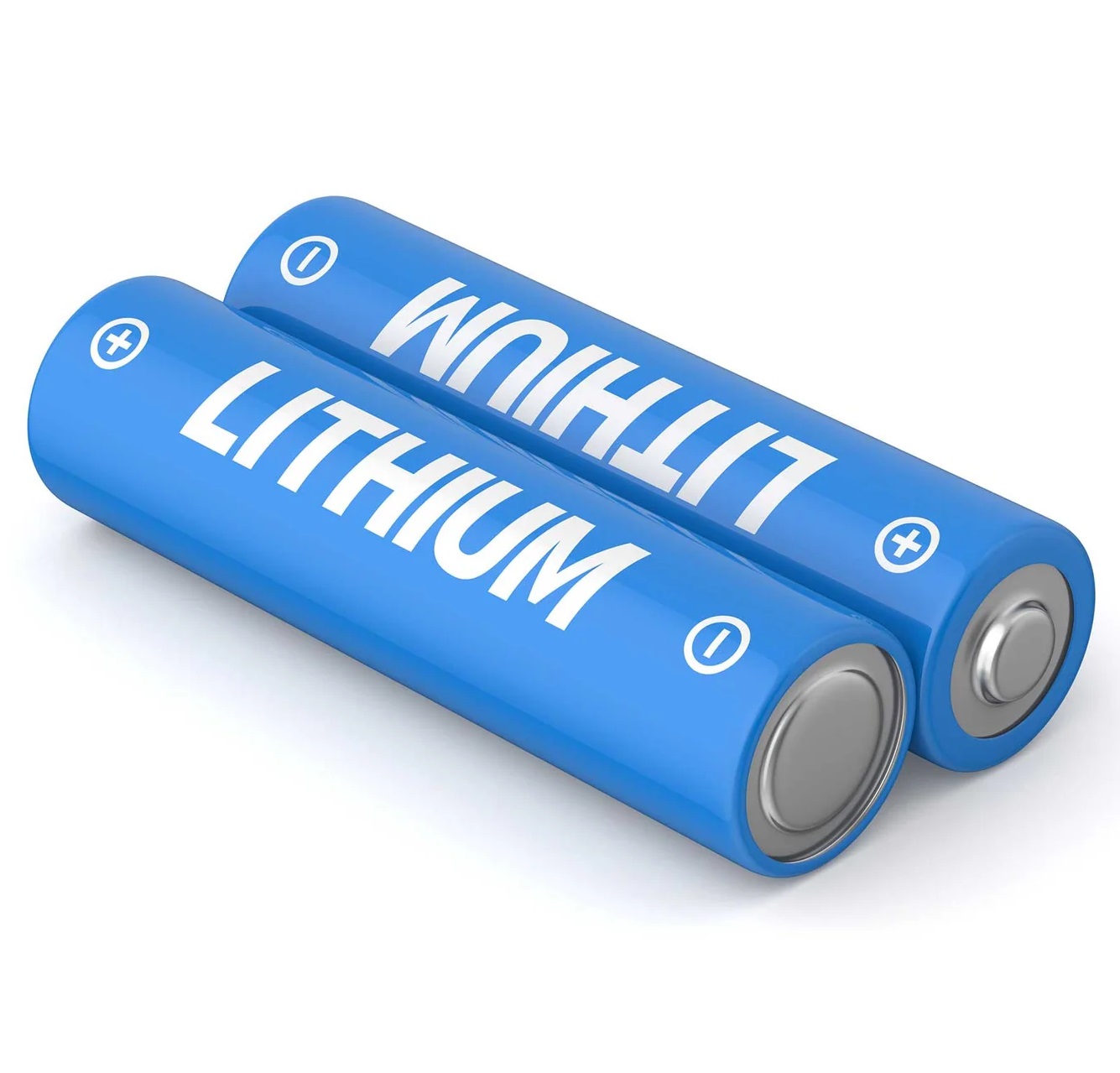The Highs and Lows of Lithium Batteries

Lithium batteries power many modern gadgets today thanks to lightweight, high energy density properties. However, volatility remains a key drawback surrounding lithium technology. Let's go further with high-performance Lifepo4 Lithium Batteries and explore the pros and cons of these ubiquitous batteries more closely.
The Rise of Lithium dominance
Since commercial debut in the 90s, lithium batteries have surged in popularity as the preferred portable energy solution. Several key advantages propelled rapid market adoption:
Higher voltage – Lithium cells operate at 3.6+ volts out the gate, providing more instant oomph than lagging competitors.
Increased energy density – Ounce for ounce, lithium batteries simply pack way more capacity thanks to advanced cathode compounds.
Lower self-discharge – Many batteries gradually lose their charge just sitting around. Not lithiums thanks to super low internal resistance!
Light weight build – Swapping heavy alkaline batteries for featherlight lithium counterparts allowed gadgets to get way smaller and more portable.
Rechargeability – The vast majority of lithium batteries recharge hundreds of times unlike single use alkaline and zinc batteries.
By the early 2000s, lithium batteries were absolutely dominating the personal device scene! Laptops, phones, even electric cars ran almost exclusively on various lithium ion recipes. And today, countless wireless earbuds, smartwaches, toys and appliances rely on tiny rechargeable lithium cells for untethered freedom.
When handled responsibly, lithium batteries notch some real game changing pros in portable energy. But devilish cons lurk as well…
Playing with Fire: Volatility Concerns
As phenomenal as lithium batteries behave under normal conditions, they suffer a rather explosive downside: innate volatility. By jamming gigantic energy reserves into highly reactive cathode mixtures involving lithium metal oxide, these batteries become potential tinderboxes when mishandled.
And by mishandled, we mean common misuse scenarios like:
– Overcharging batteries past maximum voltage
– Short circuiting positive and negative terminals
– Crushing or piercings casings by force
– Exposing cells to extreme heat or cold
When lithium batteries exceed optimal conditions, runaway thermal reactions can ignite within the cells, eventually blasting the battery unit apart in a fiery explosion.
These violent battery events typically cascade in seconds. First the failing cell or cells hit thermal runaway at ~300 degrees F. Next that runaway spreads to neighboring cells via explosive heat transfer. We're talking exponential temperature spikes upwards of 1000+ degrees!
Before you can say “uh oh!”, the entire multi-cell battery has erupted into a legitimate explosion and fireball from complex chemical chain reactions going haywire.
And lithium battery explosions sure ain't firecrackers folks…we're talking hot, sharp shrapnel and toxic smoke plumes. Not fun! Clearly volatile lithium presents inherent safety issues regarding rough handling.
Curbing Catastrophe via Responsible Design
With great power comes great responsibility! Although lithium cells theoretically wield scary explosive potential, meticulous engineering keeps dangers largely in check for consumers.
Let's overview built-in battery safeguards:
Rigid casings prevent crushing to maintain safe spacing between reactive innards. Stainless steel and aluminum enclosures manage flexibility during non-ideal conditions without compromising.
Shutdown separators stop ion flow when detecting potential thermal runaway triggers like overvoltage. Basically an internal circuit breaker.
Battery management systems monitor voltage, current and temperature continuously, signaling main device to cease charging if readings seem off-kilter.
Venting mechanisms release oxygen gas buildup from breakdown reactions, effectively reducing combustion promoters inside.
Thermal isolation segregates multi-cell batteries into smaller compartments. If one fails, the localized design prevents spread to neighboring constituents.
While mathematic probability says lithium batteries will inevitably combust on rare occasions, manufacturers implement substantial fail-safes described above to curb likelihood. And of course extensive quality control testing spots flimsy products long before public market release.
So by and large folks, modern lithium batteries remain overwhelmingly safe thanks to intensive precautions taken by designers. But regardless, respecting limitations and handling gently helps consumers avoid those troublesome outliers prone to rapid unscheduled disassembly!
839GYLCCC1992



Leave a Reply